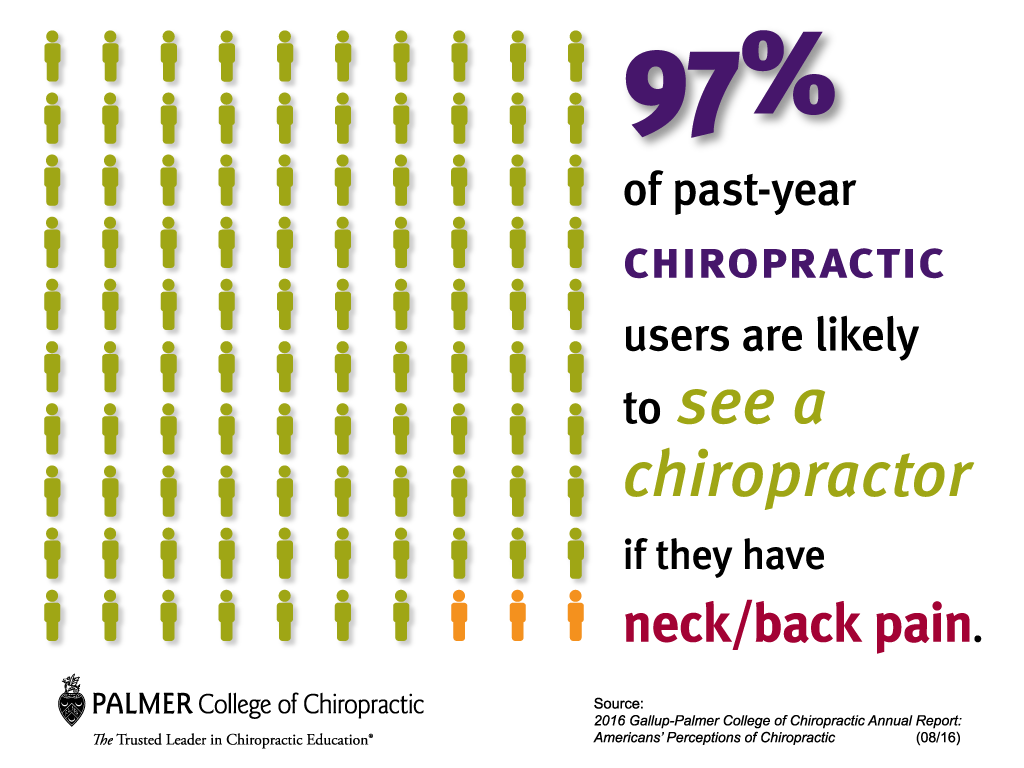Discover The Hidden Meaning Behind Your Pain In The Back And Organize Your Well-Being
Discover The Hidden Meaning Behind Your Pain In The Back And Organize Your Well-Being
Blog Article
Short Article Composed By-Hamilton Hamilton
If you're experiencing neck and back pain, your body may be trying to tell you something more than simply discomfort. The means your back really feels can give valuable ideas regarding your total health. Comprehending the specific sort of discomfort you're feeling and any kind of accompanying signs and symptoms is essential to deciphering the enigma behind your pain. Allow's explore the typical conditions and signs connected with various sorts of neck and back pain to shed light on what your body may be signaling.
Types of Back Pain
When it pertains to pain in the back, there are numerous kinds that you may experience. One common kind is muscle mass pain, typically caused by overuse, strain, or injury to the muscular tissues and ligaments sustaining the back. This kind of discomfort can range from mild discomfort to extreme and devastating pain.
Another type is nerve discomfort, which can result from problems like herniated discs or sciatica. just click the following post provides as a sharp, shooting experience that radiates down the leg.
Joint pain in the back can stem from issues like joint inflammation or sacroiliac joint disorder. This type of discomfort is commonly really felt in the lower back and can be worsened by specific movements.
In addition, back pain can be connected to structural problems such as spine constriction or vertebral cracks. Comprehending the kind of pain in the back you're experiencing is important in identifying the ideal treatment and monitoring approaches.
Common Effects to Expect
Relocating past the various kinds of neck and back pain, it's important to acknowledge the common symptoms that can signal underlying issues.
Persistent neck and back pain that gets worse with activity or during the night could suggest a more serious problem. Pins and needles or prickling in the legs or feet, especially when accompanied by weak point, might indicate a nerve-related concern. If you experience sudden weight-loss in addition to pain in the back, it could be an indication of an extra systemic condition.
Focus on any type of adjustments in bladder or digestive tract function, as this could be connected to spine compression. Fever, chills, or night sweats in conjunction with pain in the back may indicate an infection. Keep an eye out for discomfort that emits down one or both legs, possibly a measure of sciatic nerve pain.
Wellness Conditions Linked to Pain In The Back
If you experience neck and back pain, it's critical to comprehend the potential health problems connected to this pain. Back pain can be a symptom of various underlying concerns, consisting of muscle stress, herniated discs, osteoarthritis, spinal constriction, and also conditions like kidney rocks or infections.
Muscle pressures are common and usually result from raising heavy objects or abrupt activities.
https://chiropractor-treatments28272.blogrenanda.com/36696450/the-link-in-between-pose-and-neck-pain-tips-for-making-certain-healthy-and-balanced-positioning-throughout-daily-tasks occur when the soft cells in between vertebrae protrudes, triggering nerve inflammation.
Osteoarthritis, a degenerative joint condition, can result in back pain as cartilage wears down.
Spine constriction, the narrowing of the spinal canal, can tax nerves.
Kidney stones might create extreme back pain if they move into the urinary system tract.
Infections like back osteomyelitis can also manifest as neck and back pain. Understanding these potential health problems can aid you seek ideal treatment and monitoring for your pain in the back.
Verdict
So, next time your back hurts, take note of the sort of discomfort and going along with signs and symptoms. It could be a signal from your body about underlying health problems like muscle stress, nerve problems, joint problems, or perhaps architectural problems. By acknowledging these indicators, you can take aggressive actions to address the root cause of your pain in the back and improve your overall health and well-being.
